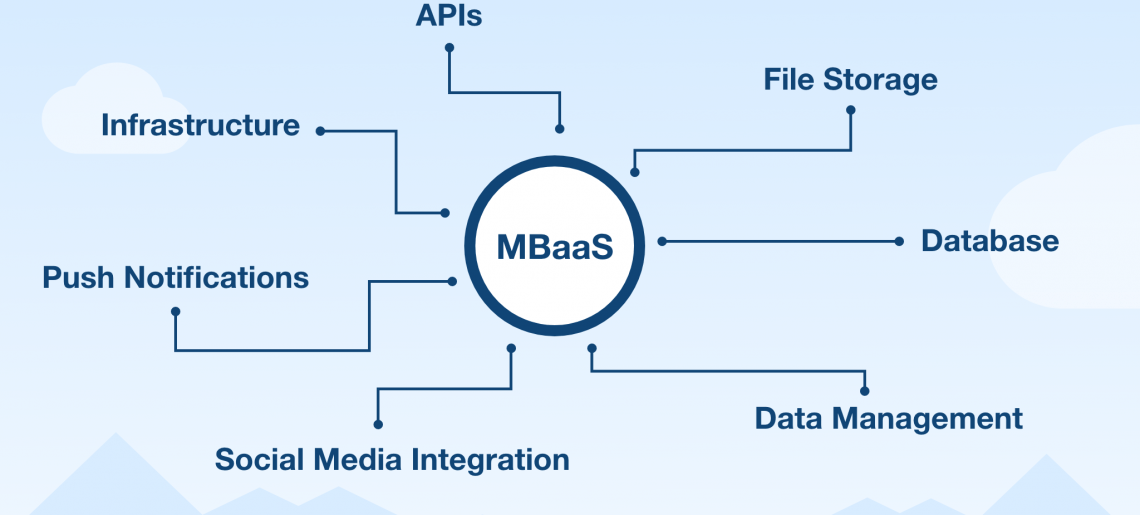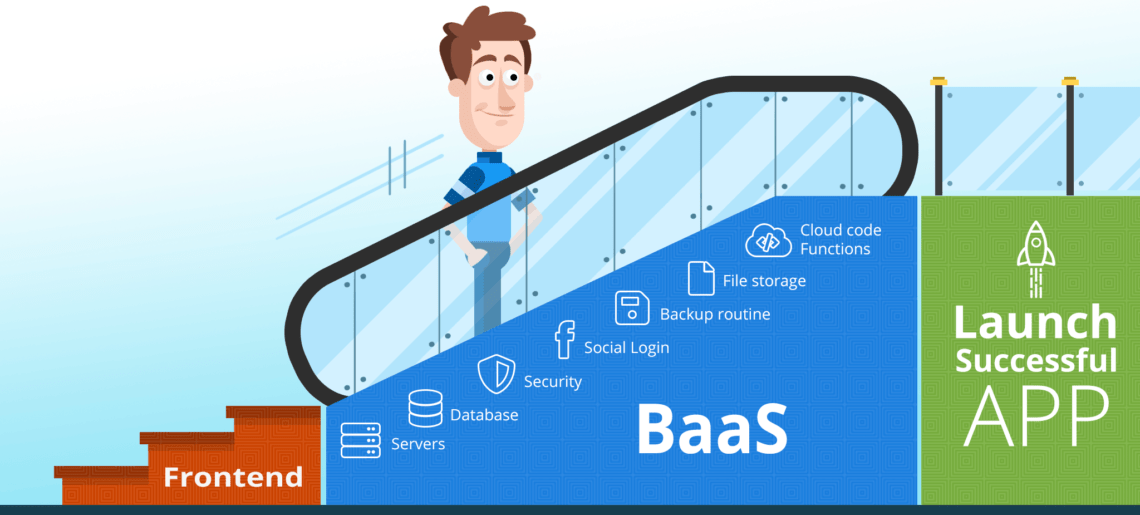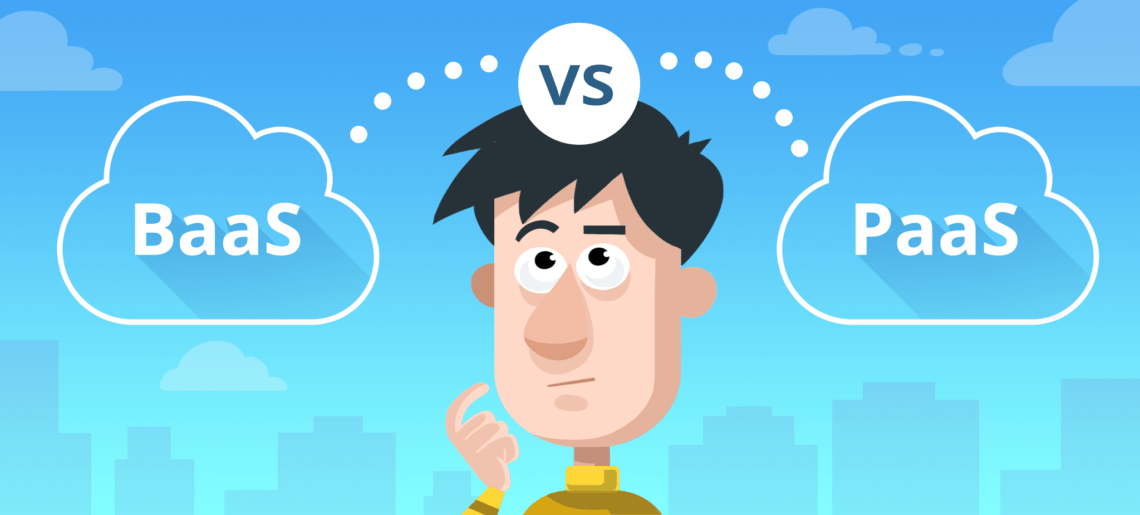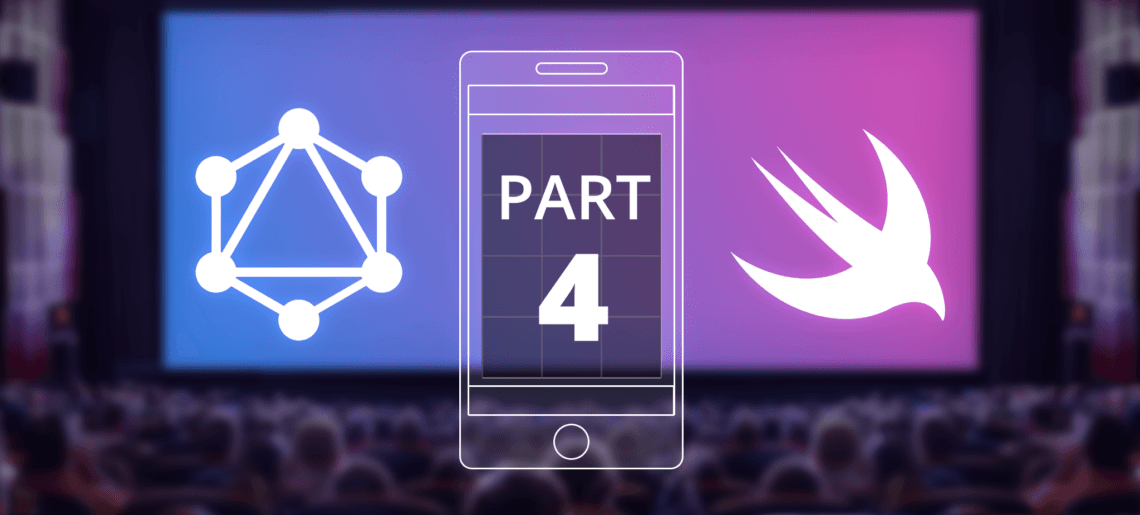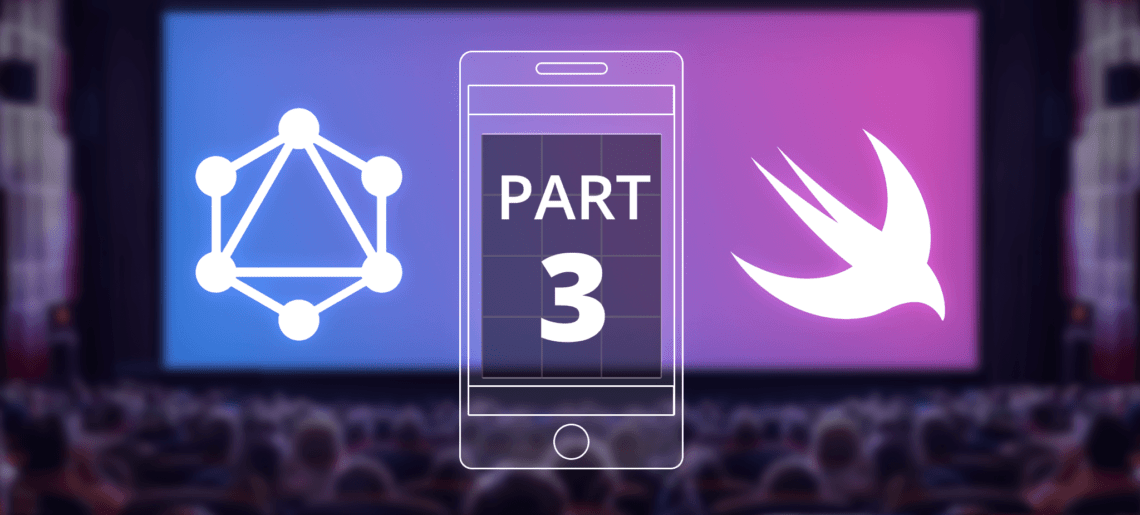What is Backend as a Service?
As innovation and competition increase, developers are always on the lookout for ways to work faster and lower costs. The demand is being met by Backend as a Service (BaaS) platforms. These services free up programmers to focus on the client-side of their apps while allowing these new resources to handle the backend services.
As application developers continue to look for faster and more efficient ways to get new apps to market, BaaS is becoming a more popular option for powering backend services. BaaS automates the backend development of an application and handles all of the cloud infrastructure. Instead of requiring developers to start from scratch creating and perfecting backend services, BaaS offers tools to simplify the process allowing developers to focus on the front end features and functionality such as user interfaces and client-side logic and leave behind the scenes tasks like database management, user authentication, and hosting to a third party. In apps using BaaS, APIs (unified application interface) and SDKs (software developer kits) are used to connect applications to the cloud-based backend services rather than creating and maintaining a backend on a client’s on-site servers.
